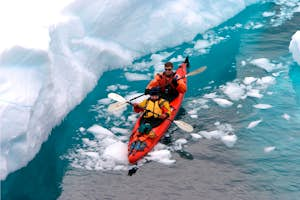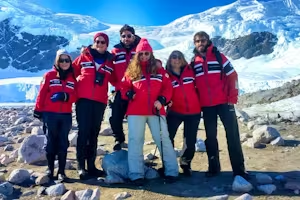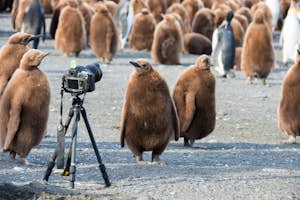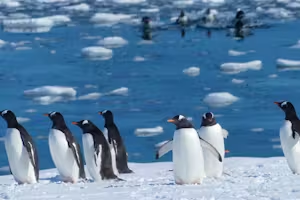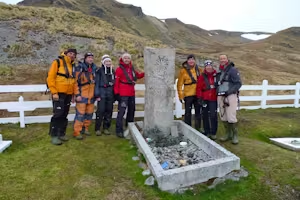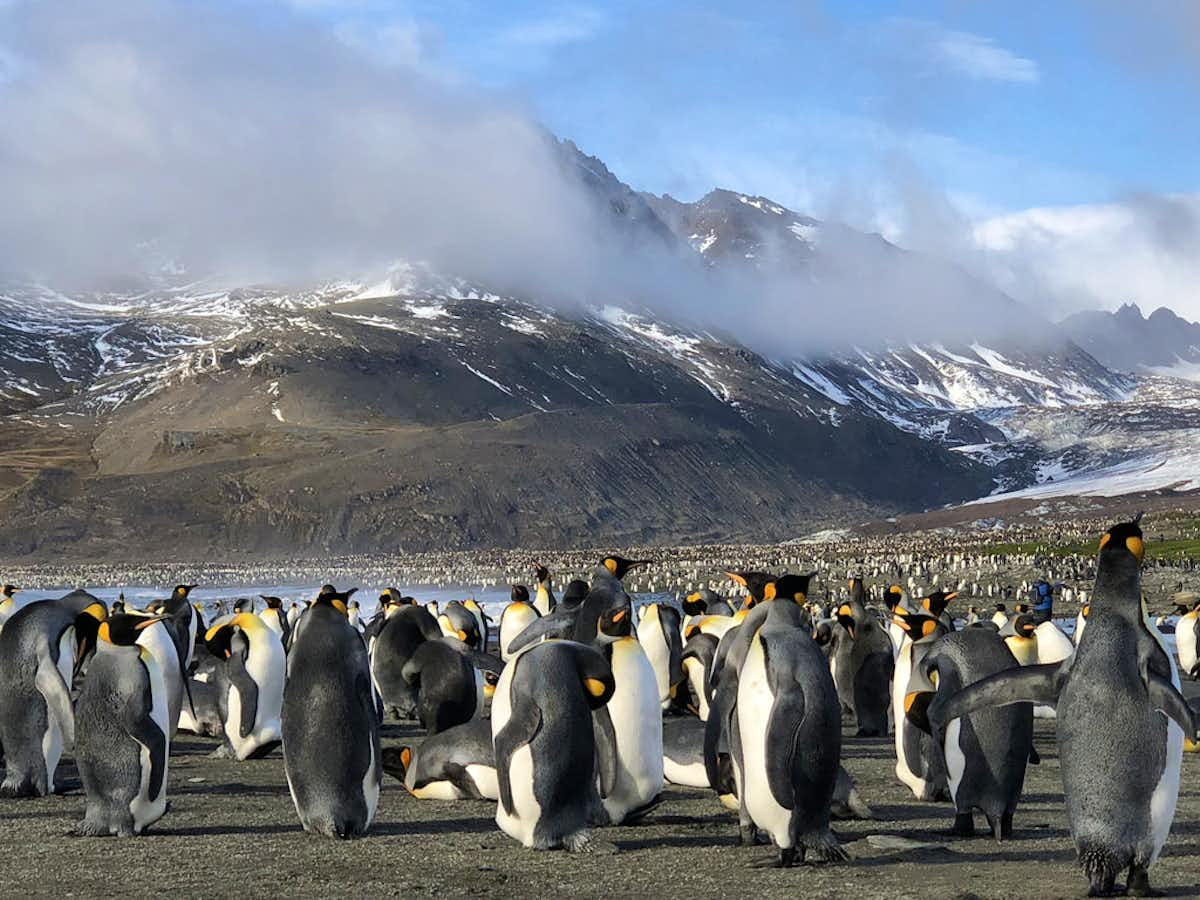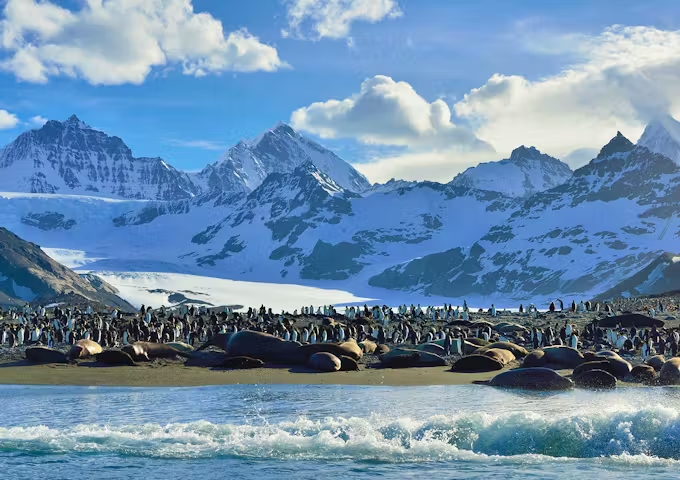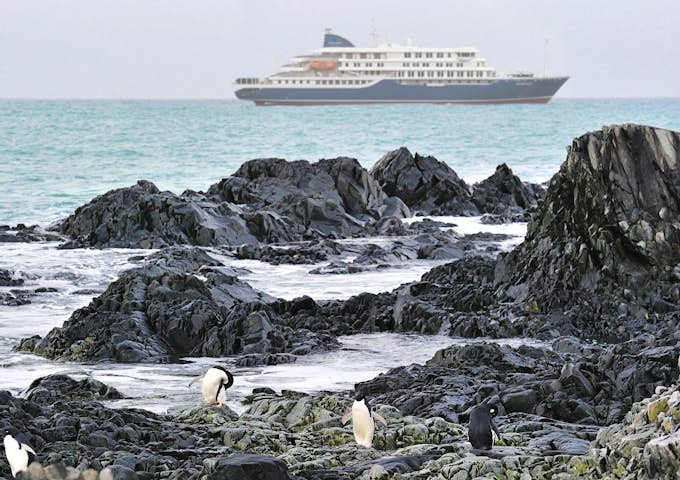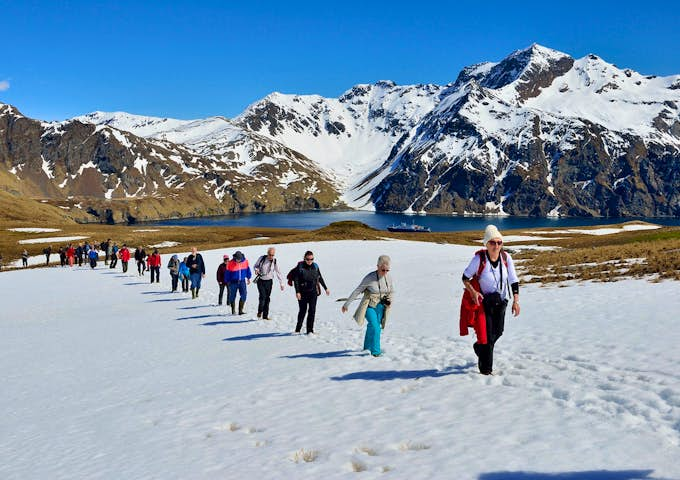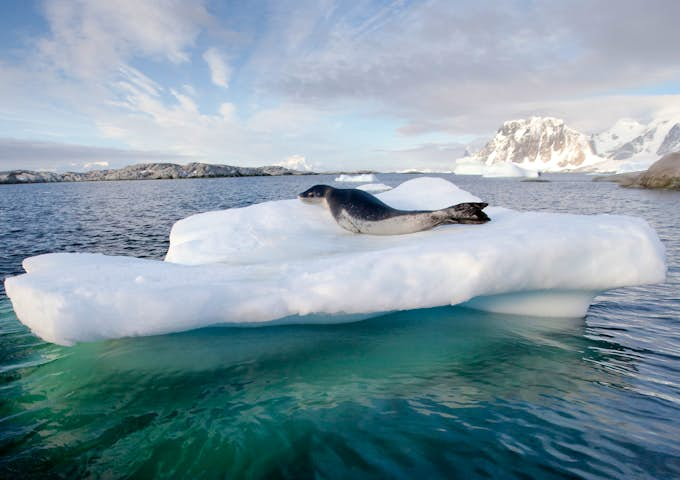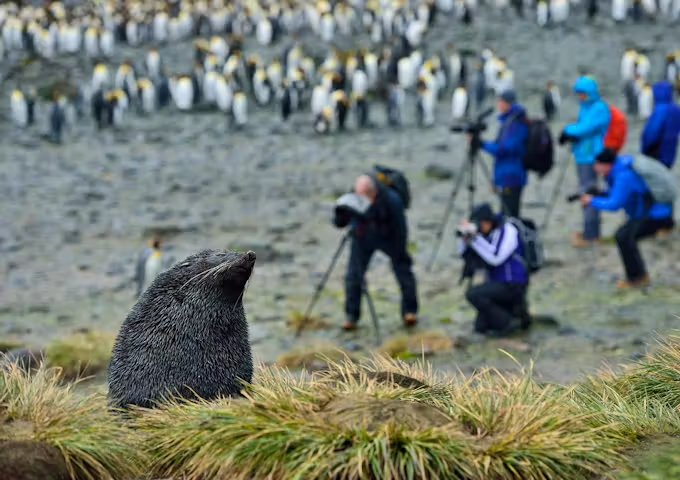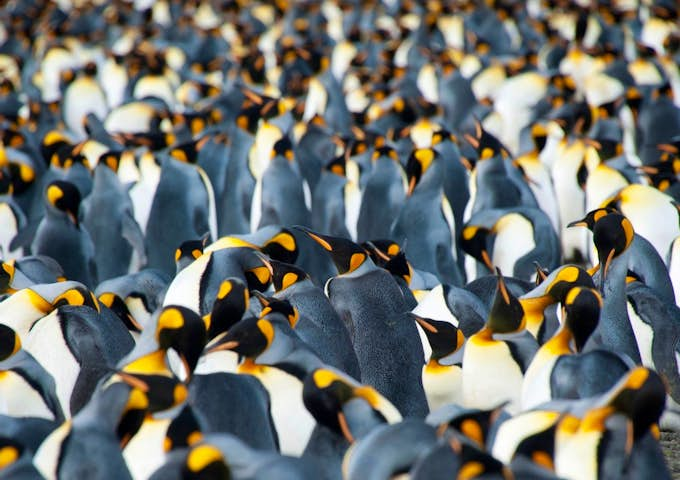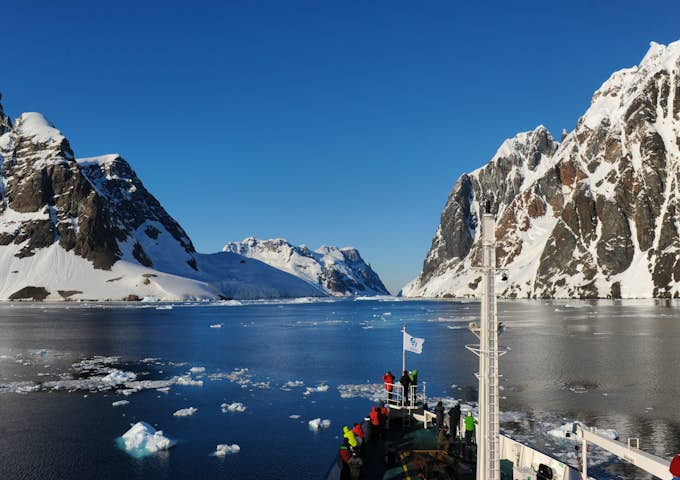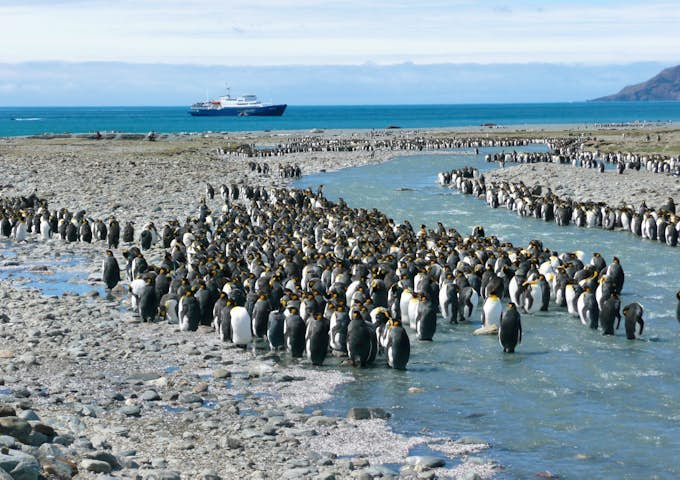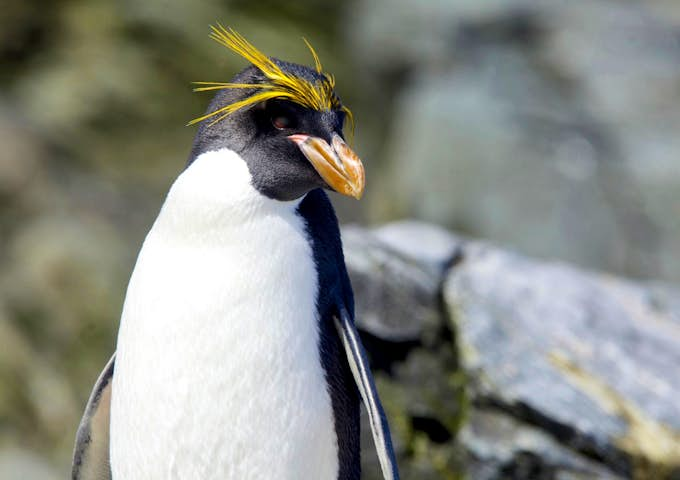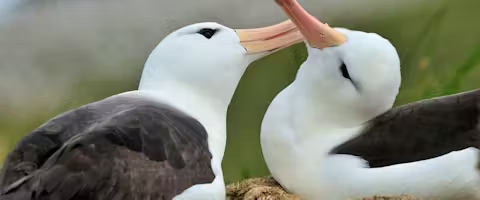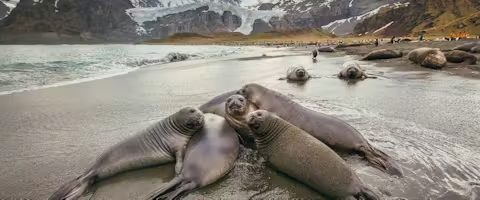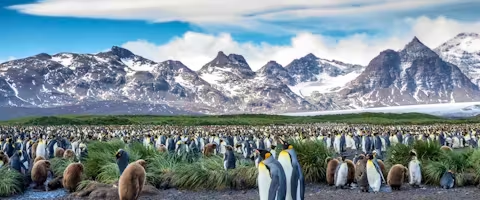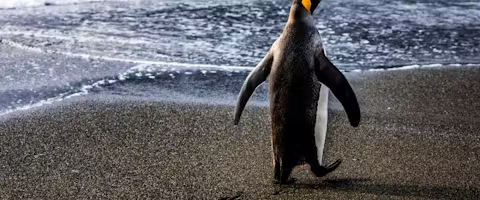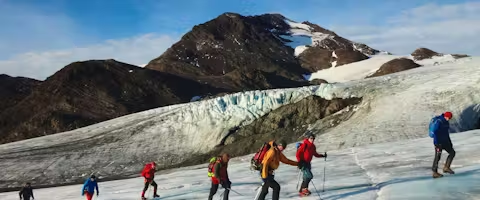Trip Summary
- 11 days ‘off ship’ exploring: The Falklands (2), South Georgia (4), South Orkneys (1) & Antarctica (4)
- Sets sail from Puerto Madryn & finishes in Ushuaia
- Antarctic operational experience since 1996
- Expedition staff to guest ratio of 1:10
- Rare inclusion of the little-visited South Orkney Islands (dependent on weather and sea conditions)
- Meet at least 6 penguin species
Operator's Itinerary
Start from Puerto Madryn and end at Ushuaia
Landmarks potentially visited on Spring Quest to Antarctica, Falklands and South Georgia
Questions about this Voyage?
What our customers think of Spring Quest to Antarctica, Falklands and South Georgia
Spring Quest to Antarctica, Falklands and South Georgia trips scored 4.2/5 from 5 reviews



